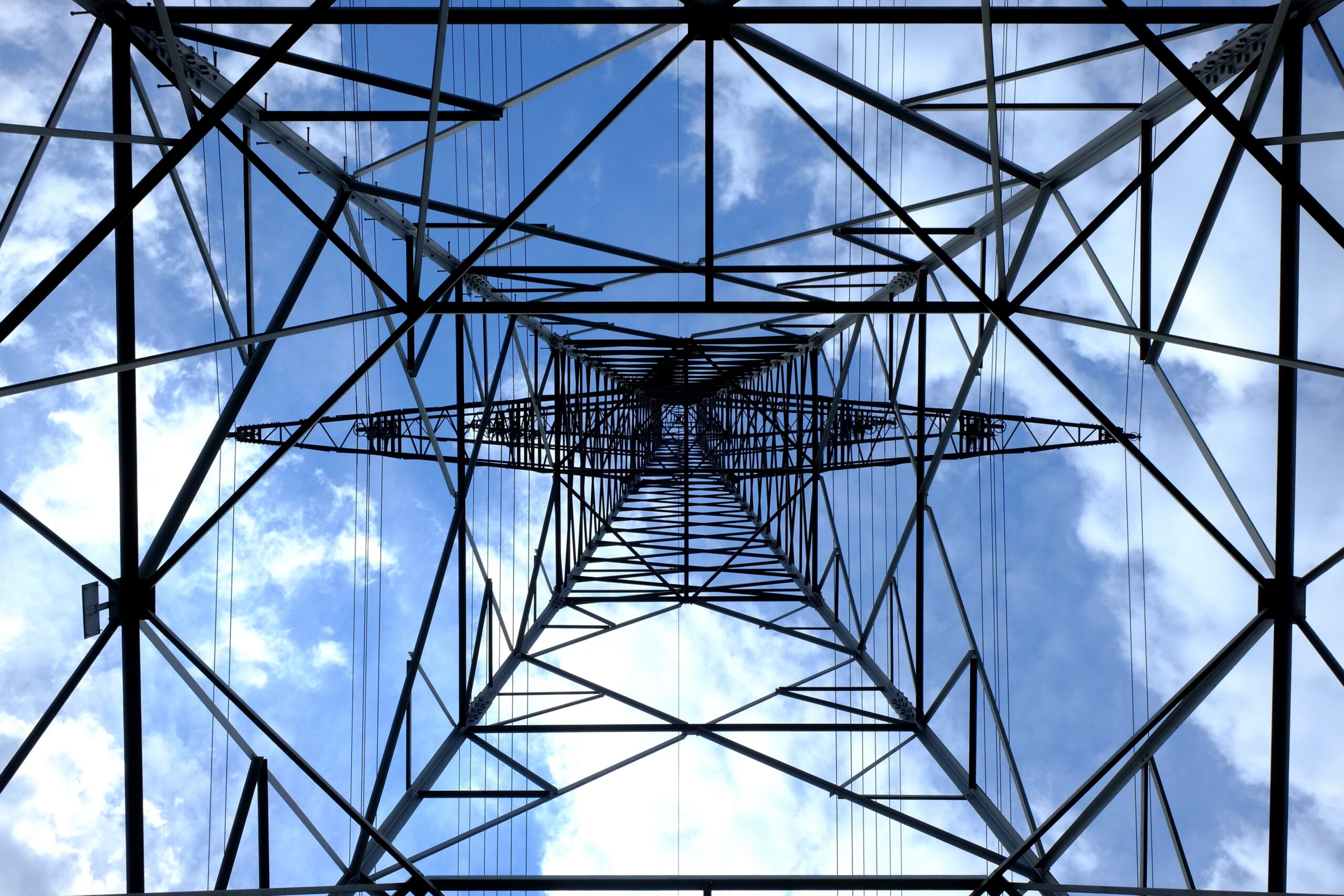At the end of February, Energy Ministers agreed to go down the path of a voluntary congestion relief market with priority access. Most developers and advocates of renewable energy have supported the energy minister’s decision to proceed with planning for a congestion relief market, but Australian Energy Market Operator (AEMO) have released initial costings showed it could cost more than $300M.
Previously the Energy Security Board (ESB) proposed a connection fee model, the voluntary congestion relief model has been estimated to cost up to 30 times more than the connection fee model.
The new ESB boss and current chair of the rule maker, the Australian Energy Market Commission (AEMC), recently said “the more expensive voluntary model chosen to help fix transmission congestion on the grid from the influx of renewables will ultimately deliver more benefits for consumers and result in fewer carbon emissions”.
The NEM is controlled by the National Electricity Market’s dispatch engine (NEMDE), this computer system dispatches all the scheduled units across the NEM and optimises across all inputs including bid prices, constraints, supply, and demand. This is an aging system and would require replacement to operate the ESB’s proposed connection fee model.
The Australian Financial Review revealed the congestion model would cost $76M, much higher than the $19M congestion model initially preferred by the ESB, however there are cost savings in not replacing NEMDE.
The ESB’s cost-benefit analysis of the capacity relief market would result in a net benefit of between $2.1B and $5.9B over 20 years. Apart from the economic benefits the model would reduce emissions by 23Mt over the 20 years.
Transmission congestion has increased over the last 5 to 10 years as more renewable and storage projects connect to the existing network. The market operator AEMO has been highlighting the need for new network capacity to accommodate the 127GW of renewable energy expected to enter the grid by 2050 in various planning publications. While renewable energy will displace the majority of coal and gas generation an extra 63GW of transmission capacity are still needed to facilitate the 127GW of renewables and storage likely to connect to the grid.
Under the current market rules generation from new projects can curtail the output of existing power station resulting in existing projects exporting less power. While this model works well for system security it does not work well for developing an industry and providing certainty for developers.
The ESB’s preferred option of voluntary congestion would allow developers to trade congestion relief with priority given to existing projects over new projects when accessing the grid during times congestion.
The final model will be delivered to the energy ministers by mid-2023 and is likely to be in place in 2027.
Despite being the best solution over the long-term existing energy users will pay the cost in the short term.
Edge2020 have an eye on the energy market, enabling us to support price benefits as well as customer supply and demand agreements. Our clients rely on our experts to ensure they are informed, equipped, and ideally positioned to make the right decisions at the right time. If you could benefit from an expert eye on your energy portfolio, we’d love to meet you. Contact us on: 1800 334 336 or email: info@edge2020.com.au
